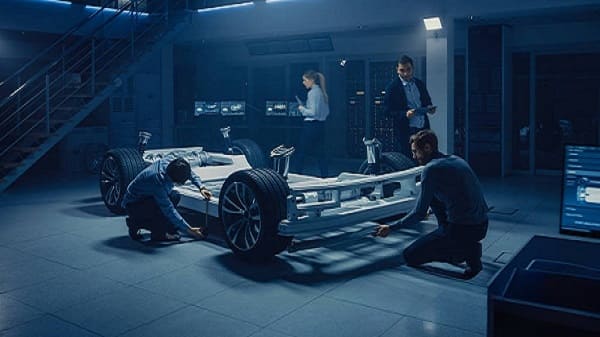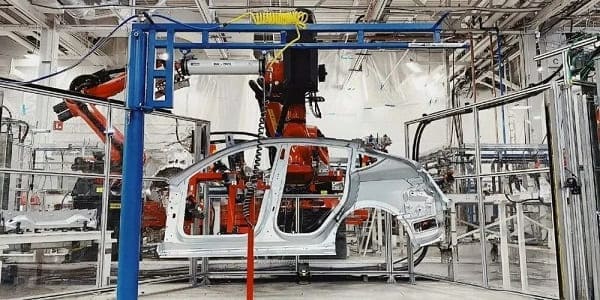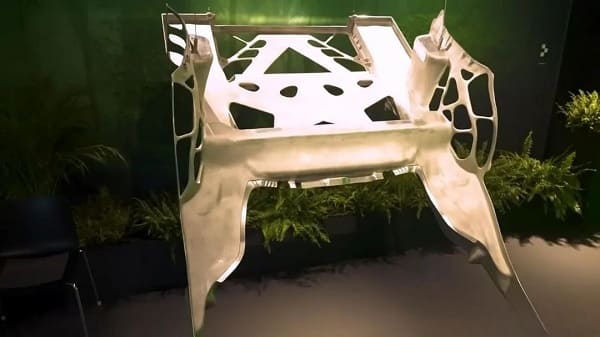Tesla has integrated a range of innovative technologies, achieving a technological breakthrough that will bring about a significant transformation in the production methods of electric vehicles.
Through the implementation of the "super casting" process, Tesla has achieved remarkable advancements in the construction of the Model Y. By integrating the front and rear structures into a single unit, the complex underbody of the electric vehicle is now die-cast, significantly reducing the number of parts required from approximately 400 in a conventional car. This not only reduces weight by an additional 10% but also slashes the manufacturing time from 1-2 hours to just 3-5 minutes compared to the conventional process. Consequently, overall manufacturing costs have been reduced by a staggering 40%. Moreover, this optimization has resulted in a 14% increase in the corresponding range.

Obviously, integrated molding technology enables the manufacturing of new energy vehicles to achieve cost reduction, efficiency, and lightweight.
This technological breakthrough by Tesla disrupts and revolutionizes the traditional approach to car design and manufacturing.
Tesla's casting innovations are primarily centered around sand 3D printing, leading to a shift in material choice for certain automotive molds from metal molds to cast sand molds.
- The cost of the design verification process for sand casting, even with multiple iterations, is minimal, accounting for only 3% of the cost of a metal prototype.
- Additionally, the design verification cycle with sand casting is significantly shortened to just two to three months, compared to the six months to a year required for metal mold prototypes.

Apart from Tesla, BMW, and Mercedes-Benz are already using binder jet sand mold 3D printing technology.
At the 2022 Goodwood Festival of Speed, Mercedes-Benz presented the VISION EQXX, a concept car that incorporates extensive lightweight technologies and materials. The entire rear subframe of the VISION EQXX is a single, bionic-aluminum casting, effectively combining more than 70 components into one optimized structure. Impressively, the casting process for this large-scale component was successfully accomplished within a mere four-month timeframe.

The 3D printing of sand molds for casting has significant advantages in the automotive industry, both in terms of new vehicle development and mass production. While this technology has been utilized for several years, top-tier automotive manufacturers are undoubtedly raising new requirements for future car manufacturing. There is also great potential to explore the field of binder jetting for sand mold 3D printing.
Heeger Materials is a reputable supplier offering top-notch Spherical Powder for 3D printing additive manufacturing at competitive prices. If you're interested, feel free to reach out to us at [email protected] for a quote, and we guarantee a response within 24 hours.


